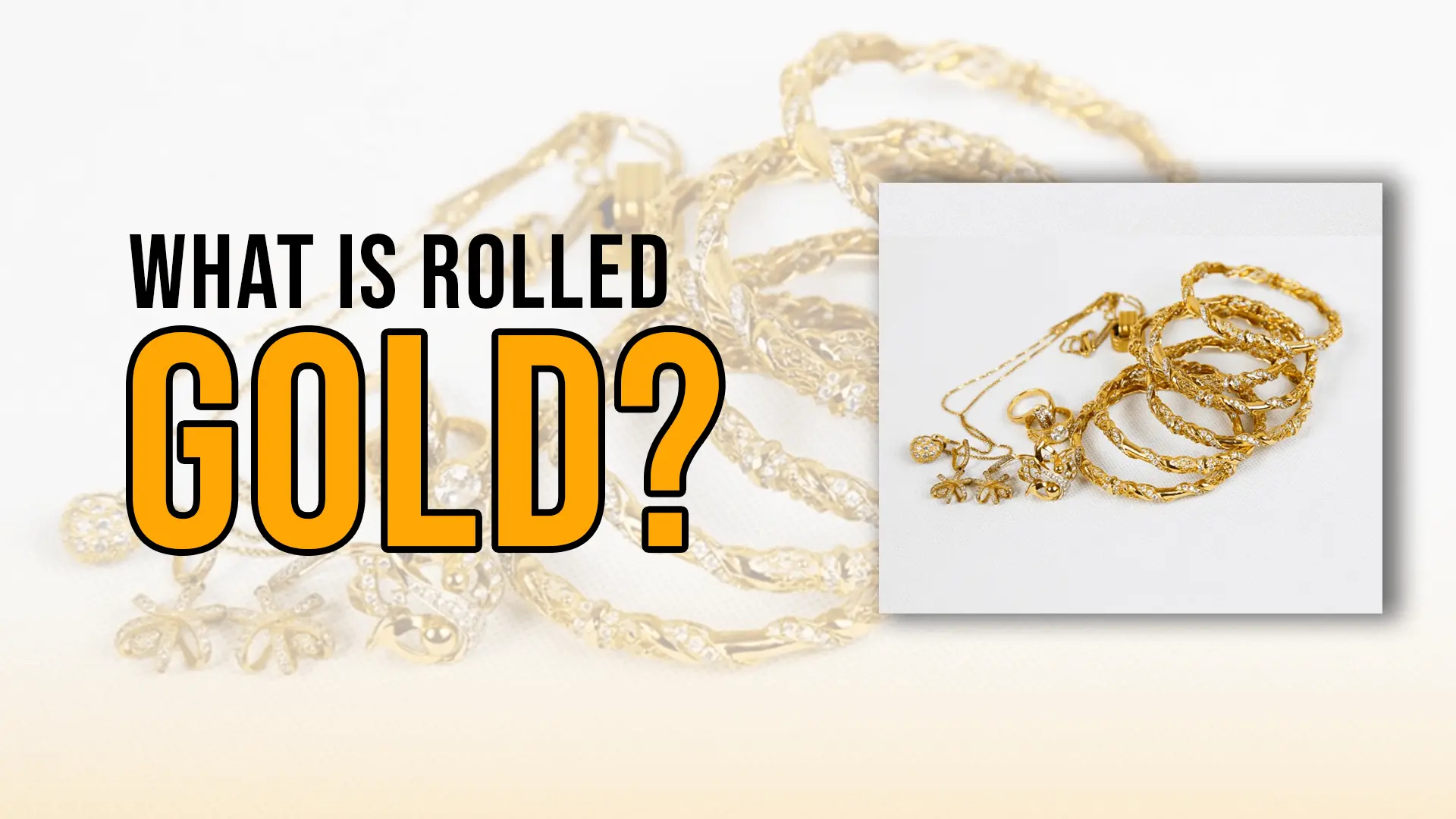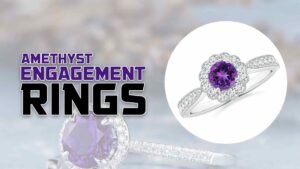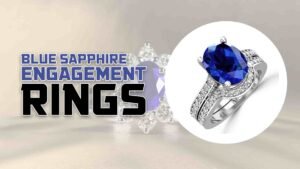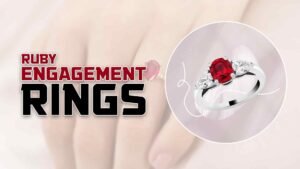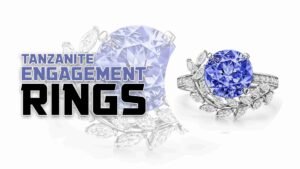Introduction
For nearly a century, rolled gold, often referred to as gold-filled, has been used to make jewelry. It is a kind of composite metal created by joining a coating of gold to a core formed of base metal. By doing this, a sturdy and shiny substance is produced that is less expensive than solid gold and nonetheless has the same visual appeal. Many varieties of jewelry, including necklaces, bracelets, earrings, and more, have been made from rolled gold. Due to its distinctive qualities and adaptability, it is frequently appreciated by both jewelry producers and wearers.
In this introduction, we’ll go through the background of rolled gold, its makeup, and its benefits and drawbacks over other jewelry-making materials. We will also go over how rolled gold is created, how to maintain it, and the different kinds of jewelry that may be created with it. This introduction to rolled gold is guaranteed to offer helpful insights and information, whether you are a jewelry fan or are just curious to learn more about this intriguing material.
History of Rolled Gold
After being developed in England in 1817, this kind of layered gold became a popular material for semi-precious and higher-quality costume jewelry throughout the Victorian era. Jewelry designers could produce and market elaborate designs without having to pay the high price of solid gold by using rolled gold as real gold was really expensive, so people started looking for an alternative option that should be cheaper. The rolled gold gained popularity due to its durability and affordability during the First World War. Throughout the 1920s and 1930s, rolled gold experienced a resurgence in appeal, particularly for functional items like necklaces, watches, and even fountain pens.
How Rolled Gold is made?
A coating of gold is bonded to a core of base metal to create rolled gold. Rolled gold is created by several steps that are as follows:
- Initially, a base metal is selected for the core, such as brass, copper, or nickel. The base metal is then cut into the shape and size needed for the jewelry piece to be created.
- Then, a thin gold sheet is made. Depending on the desired level of ultimate quality, the gold layer’s thickness can change. The gold layer typically makes up 5% to 20% of the weight of the rolled gold.
- The gold sheet is then heated and run alongside the base metal core through a rolling mill. The base metal core and the gold layer are fused by the pressure of rolling, creating a durable and long-lasting bond.
- After the bonding is finished, the rolled gold is annealed, which involves progressively heating and cooling the metal to relieve stress and increase overall strength. The desired item of jewelry can then be molded, cut, or created from it.
- The production of rolled gold is carefully regulated to guarantee that the finished product meets strict quality requirements. Although various producers may employ somewhat different methods or formulations, the fundamental procedure for joining a coating of gold to a core of base metal is the same.
Advantages of Rolled Gold
- If properly cared for, rolled gold can last for several years.
- It is far less expensive than pure gold
- It has the same appearance as pure solid gold in terms of color, texture, and even sheen.
- All skin types can safely use rolled gold, and there are no known reactions to it.
- The durability of your jewelry depends on the thickness and purity of the gold. Because gold is delicate, it is more prone to tearing and scratching at higher purities. Thus, compared to higher-karat gold, 10 and 14-karat gold are more durable.
- Moreover, thicker coatings of gold are stronger.
- Thankfully, gold does not tarnish or fade with time. One of the least reactive metals on earth is gold, which is unlike iron or steel. As a result, it never rusts or interacts with the environment.
- Rolling the gold together creates a bond that is so strong that your jewelry won’t peel off or tarnish. But, take care not to let sweat and skin oils accumulate on the delicate features of the jewelry. Hence, polish your valuable items to keep them sparkling.
Disadvantages of Rolled Gold
- The rolling coating of gold may occasionally flake or deteriorate.
- Sometimes, oil and grime might accumulate and fade the color of the jewelry.
- With time, rolled gold loses value.
What kind of Jewelry can be made from Rolled Gold?
Gold that has been rolled is a flexible material that may be used to create a variety of jewelry. Many jewelry manufacturers and consumers favor it because of its dependability, accessibility, and shiny beauty. Among the most popular designs of jewelry crafted from rolled gold are:
Necklaces
A variety of necklace styles, from delicate chains to strong statement pieces, can be created using rolled gold. The use of rolled gold alone or in combination with other components, such as beads or jewels, can be used to create necklaces.
Bracelets
Rolled gold bracelets are available in a wide range of designs and sizes, from straightforward bangles to elaborate cuffs. They can also be embellished with charms, precious stones, or other ornaments.
Earrings
Rolled gold earrings are available in several designs, from straightforward studs to dangling chandelier versions. They can also be mixed with different components, such as pearls or crystals, to make stunning and distinctive creations.
Rings
Rolled gold rings are available in a variety of designs, such as cocktail rings, stacking rings, and plain bands. Moreover, they can be embellished with jewels or other adornments.
Watches
Rolled gold is a strong and fashionable material that may be used to create watch cases and bands for everyday use.
Overall, rolled gold’s adaptability makes it suitable for usage in a variety of jewelry designs, from basic to complicated and from classic to modern. When compared to solid gold, its affordability makes it a more appealing choice for people looking for high-quality jewelry at a reduced price.
Tip to keep Rolled Gold Jewelry Safe?
Here are some suggestions to keep your rolled gold jewelry sparkling and lasting a long time:
- While not in use, store your rolled gold jewelry in a cool, dry location away from sunshine, moisture, and other heat sources. As a result, rusting, discoloration, and other types of harm will be less likely to occur.
- Regularly clean your rolled gold jewelry with a soft cloth or a solution designed specifically for cleaning jewelry. Use gentle cleaners instead of abrasive ones because they won’t harm the gold layer.
- Take caution when handling your rolled gold jewelry to prevent dents, scratches, and other types of harm. Before doing anything that could harm your jewelry, including swimming, taking a shower, or working out, take it off.
- You must prevent chemical exposure. Chemicals like hairspray, perfume, and household cleaners can harm the gold layer on your rolled gold jewelry. After using any such things on your body, put on your jewelry.
- Take it off before going to bed to prevent inadvertent damage like bending or snagging as you sleep. Take off any rolled gold jewelry before going to bed.
- Take it to a skilled jeweler who has experience working with rolled gold if your rolled gold jewelry needs repair, cleaning, or other care. Your jewelry can be cleaned and repaired by them without endangering the gold layer.
By following these tips, you can keep your rolled gold jewelry looking its best and lasting many years.
Conclusion
In summary, gold-filled, sometimes referred to as rolled gold, is a composite metal that delivers the same aesthetic appeal as solid gold at a more reasonable cost. It is a preferred material for both jewelry manufacturers and wearers due to its strength, adaptability, and shiny appearance. Many different types of rolled gold jewelry may be created, such as necklaces, bracelets, earrings, rings, and watches. You should take off your rolled gold jewelry before going to bed, store it correctly, clean it frequently, handle it with care, avoid exposure to chemicals, and get it professionally serviced when necessary to keep it looking great and lasting a long time. With the right upkeep, your rolled gold jewelry can be a treasured accessory that adds grace and charm to any ensemble for years to come.
Click on the given link to learn about types of earrings.
